The 96-Core 7995WX is the highest core count desktop CPU on the market. How does it perform for content creation applications on the TRX50 platform?
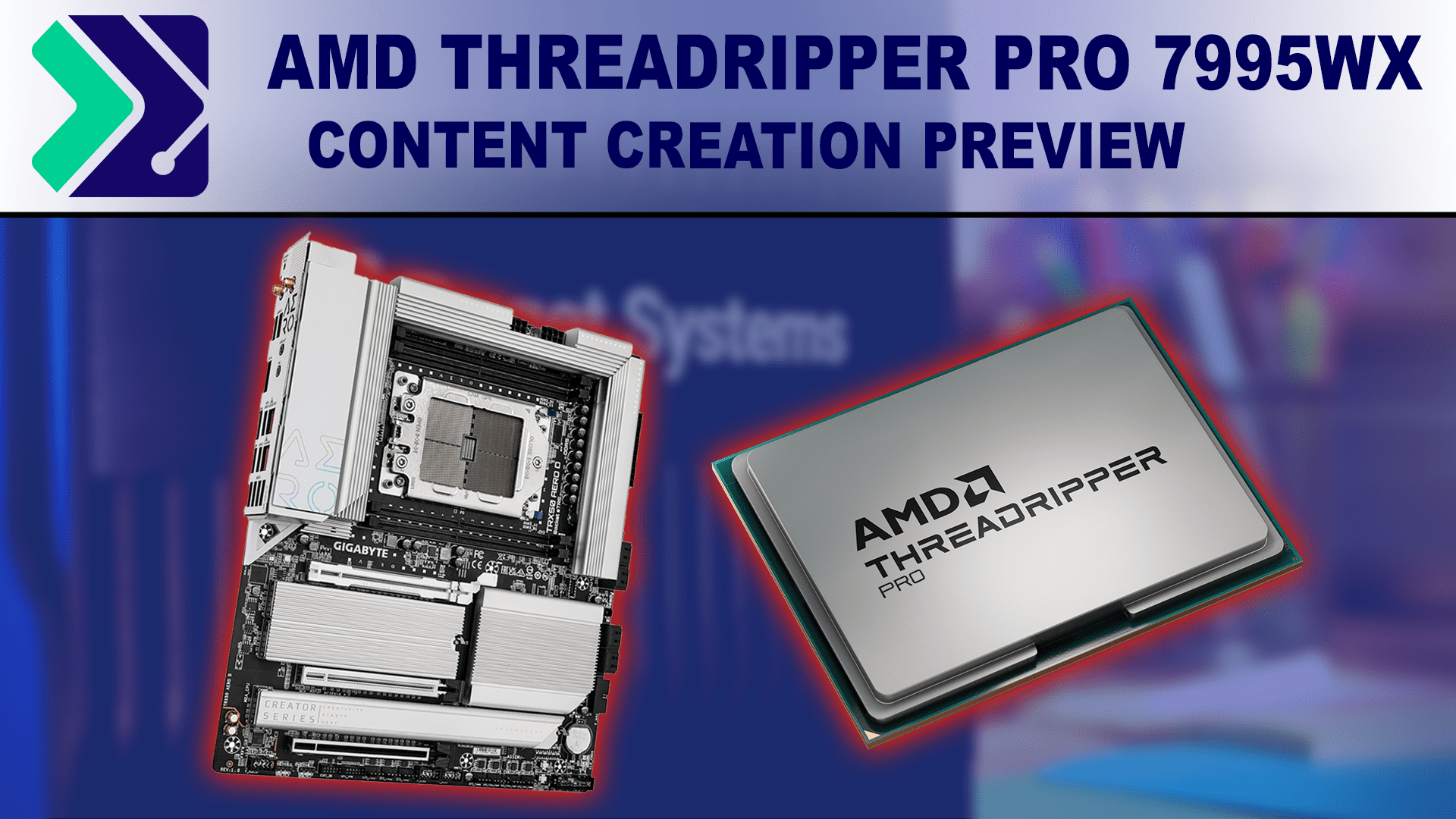

The 96-Core 7995WX is the highest core count desktop CPU on the market. How does it perform for content creation applications on the TRX50 platform?
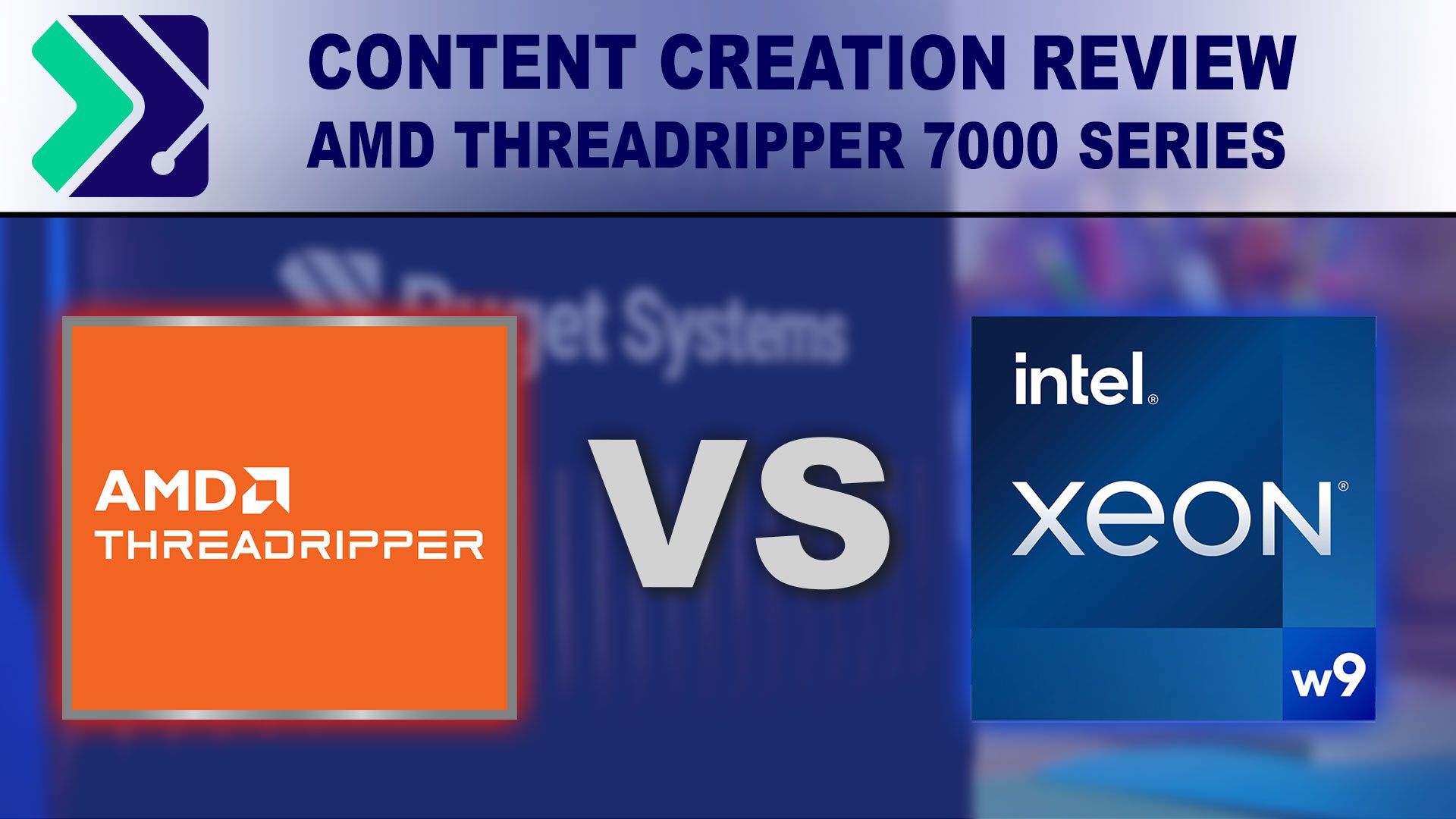
AMD has launched their new Threadripper 7000 series of processors, offering substantial performance improvements across the board. But, exactly how do they compare to Intel’s Xeon W-3400 line?
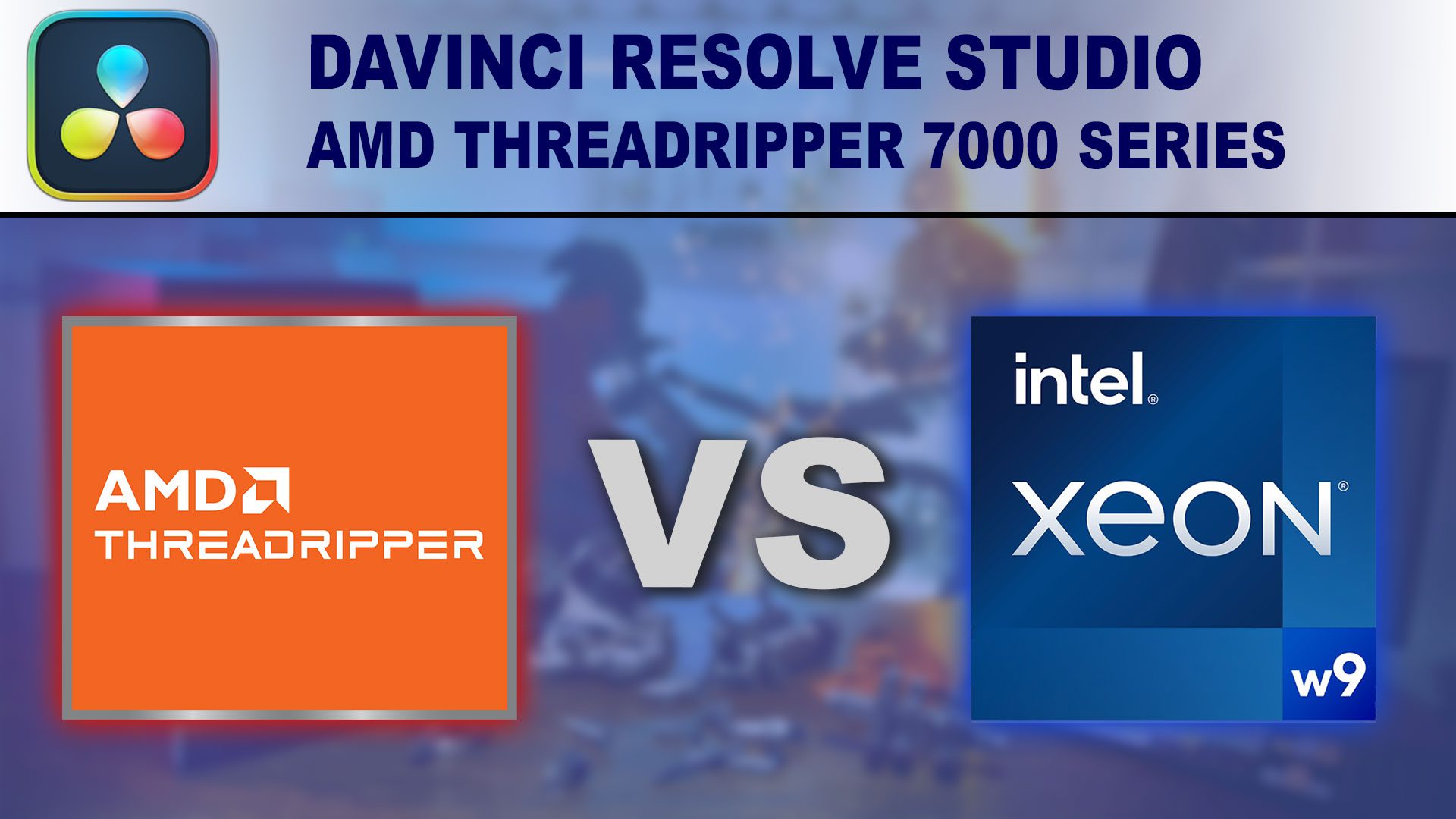
The new AMD Threadripper 7000 series CPUs are here, offering significant perforamnce gains in DaVinci Resolve. But, is it enough for AMD to take the lead over Intel Xeon W?
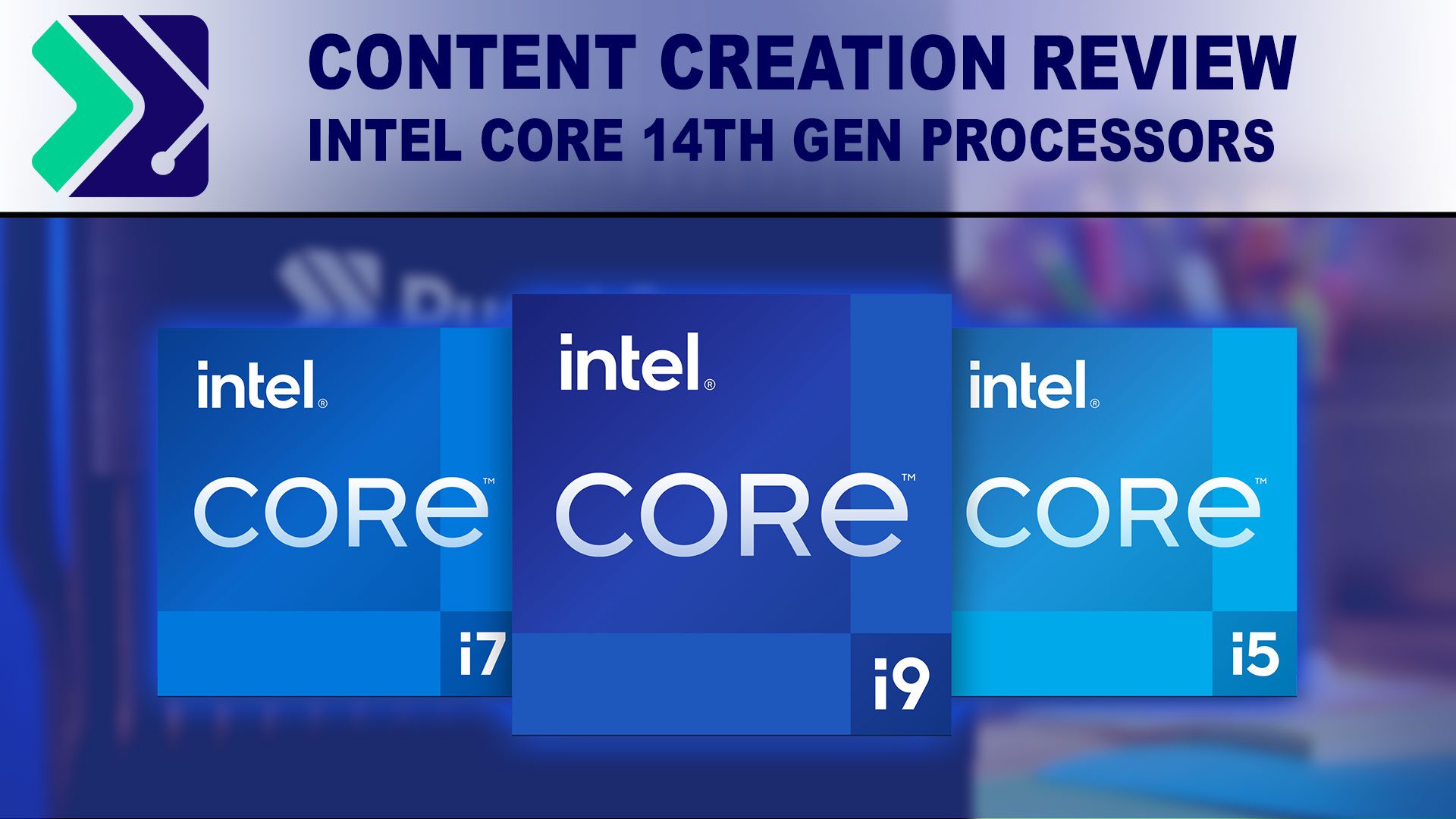
The new Intel Core 14th Gen processors are a refresh update of the previous 13th Gen processors. But, how much faster are they for content creation workflows?
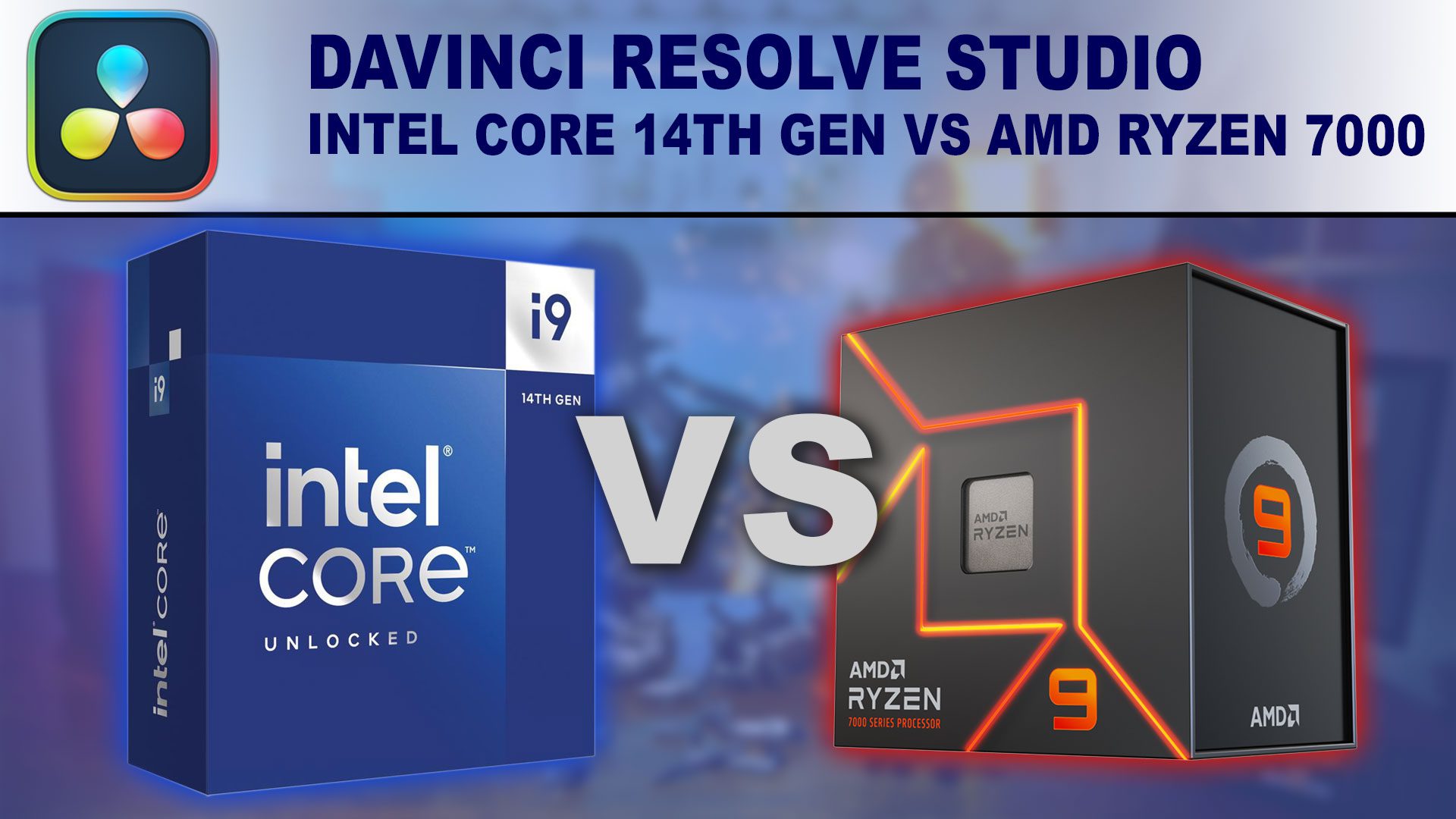
14th Gen Intel processors are here, and are drop-in replacements for 12th & 13th Gen Core processors. Intel usually holds a lead in NLEs due to Quick Synch, but how well do these new CPUs perform in DaVinci Resolve?
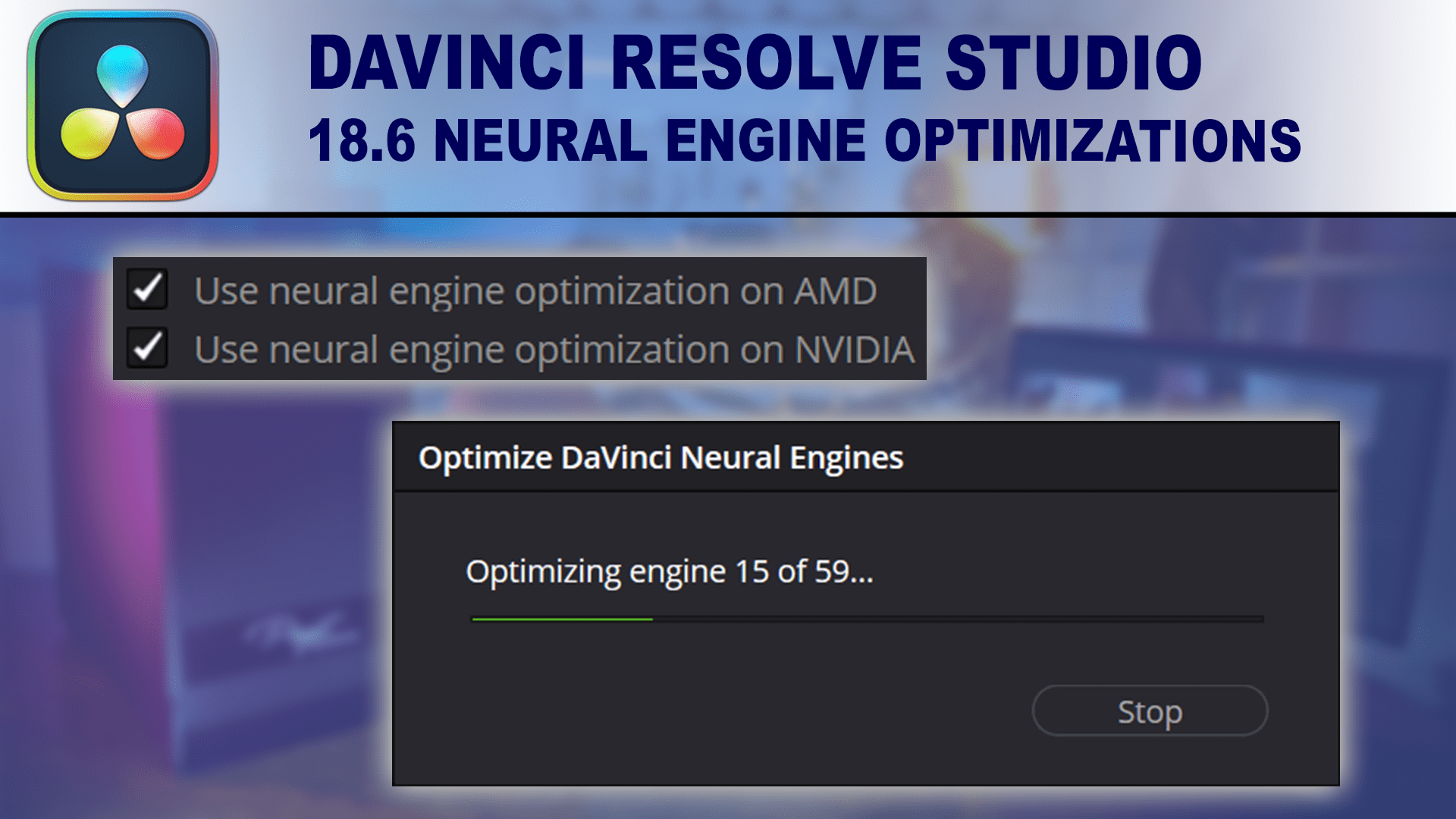
In DaVinci Resolve 18.6, Blackmagic is claiming up to a 4x improvement in Neural Engine performance for AMD GPUs, and a 2x improvement for NVIDIA. Is this a true claim, or a matter of cherry-picked results that won’t impact most users?
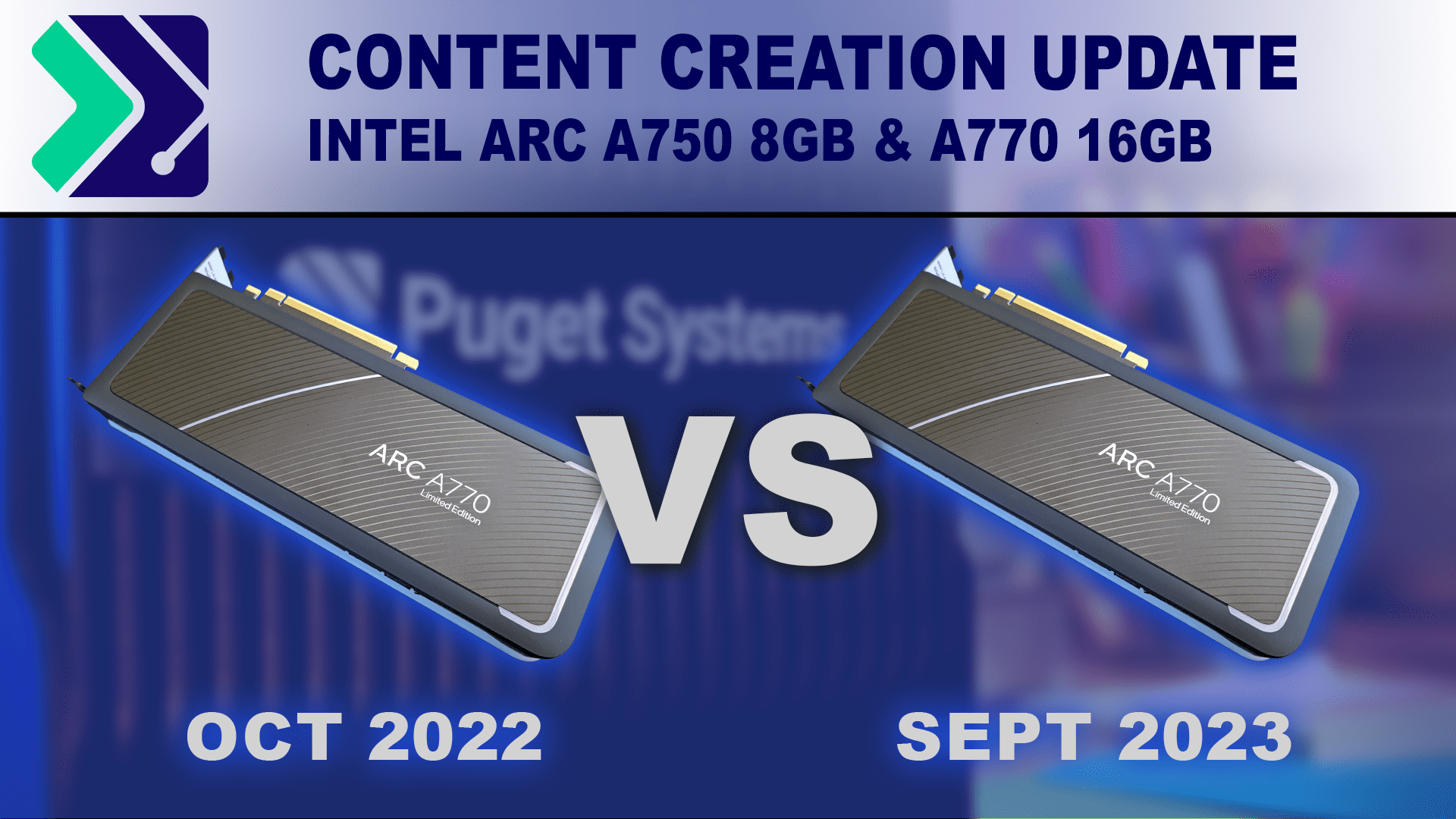
The Intel Arc Alchemist A770 and A750 launched 11 months ago. How have the Intel Arc A770 and A750 improved for content creation applications since then?
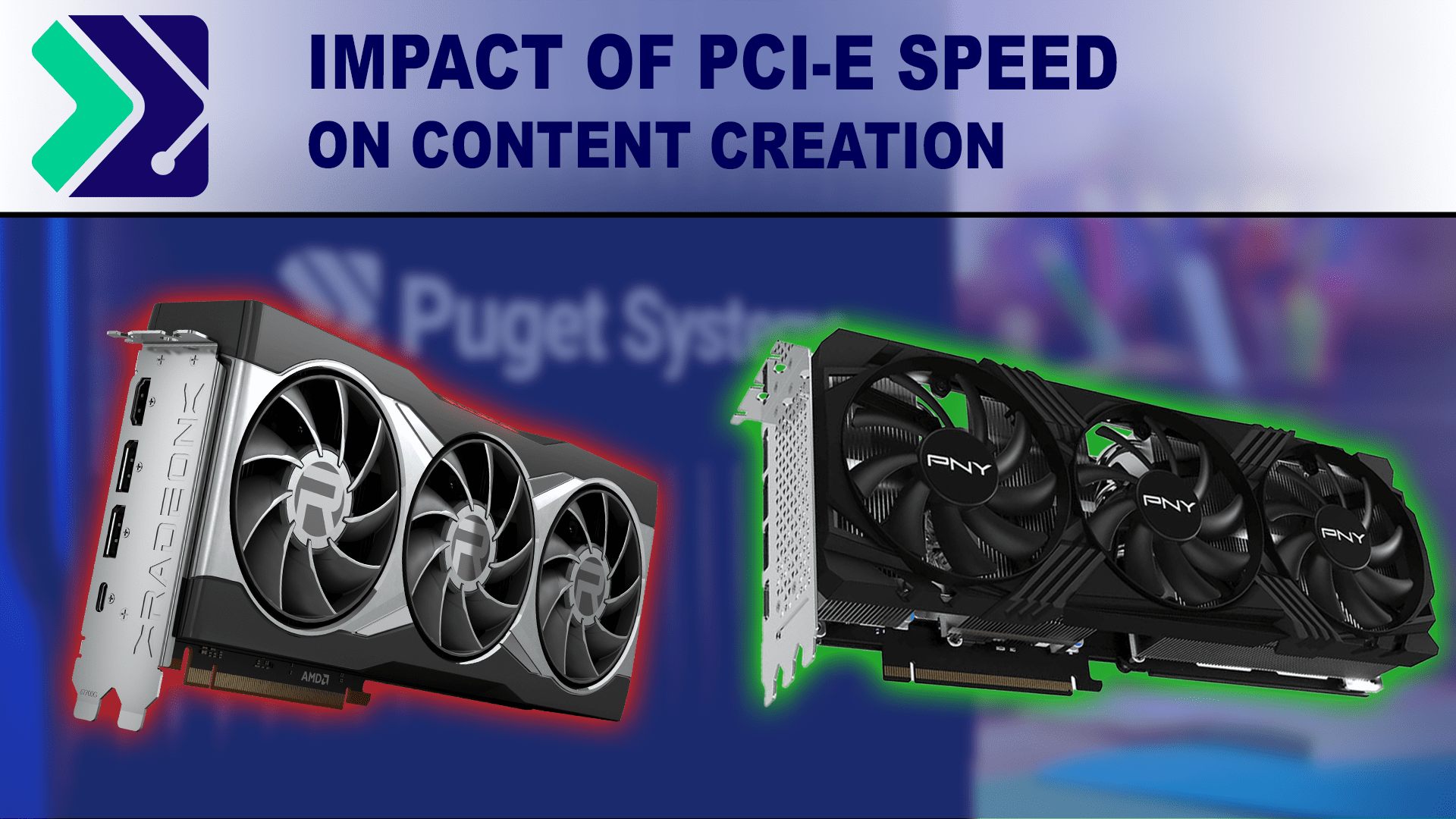
Installing add-in cards—like capture cards—can limit PCI-e bandwidth to the GPU. Does the reduction of PCI-e bandwidth harm performance in content-creation?
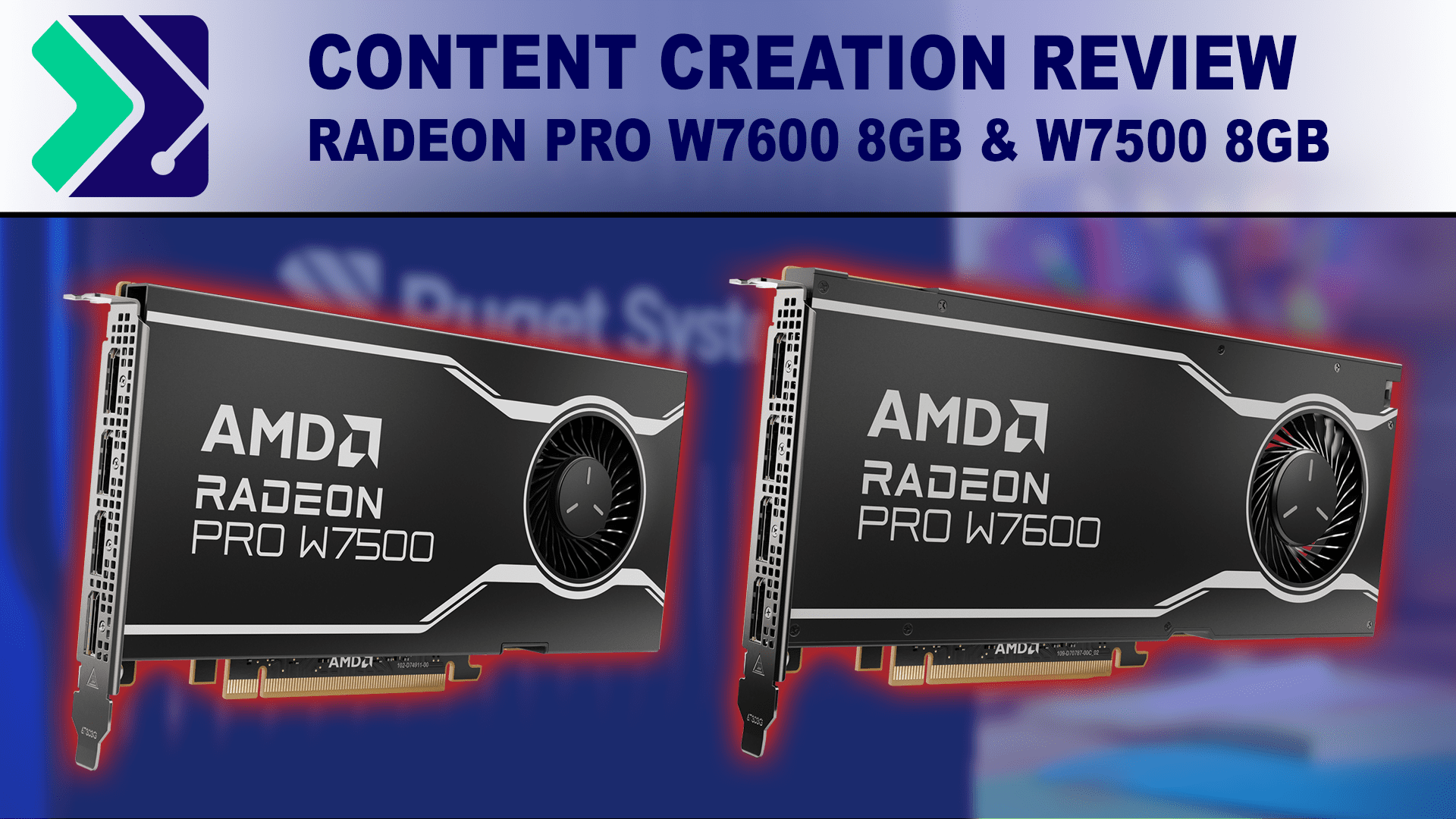
The AMD Radeon PRO W7600 and W7500 are the next installments in AMD’s Radeon PRO product line of professional GPUs. How do they compare to the last-gen W6600 and NVIDIAs closest-priced competitors?
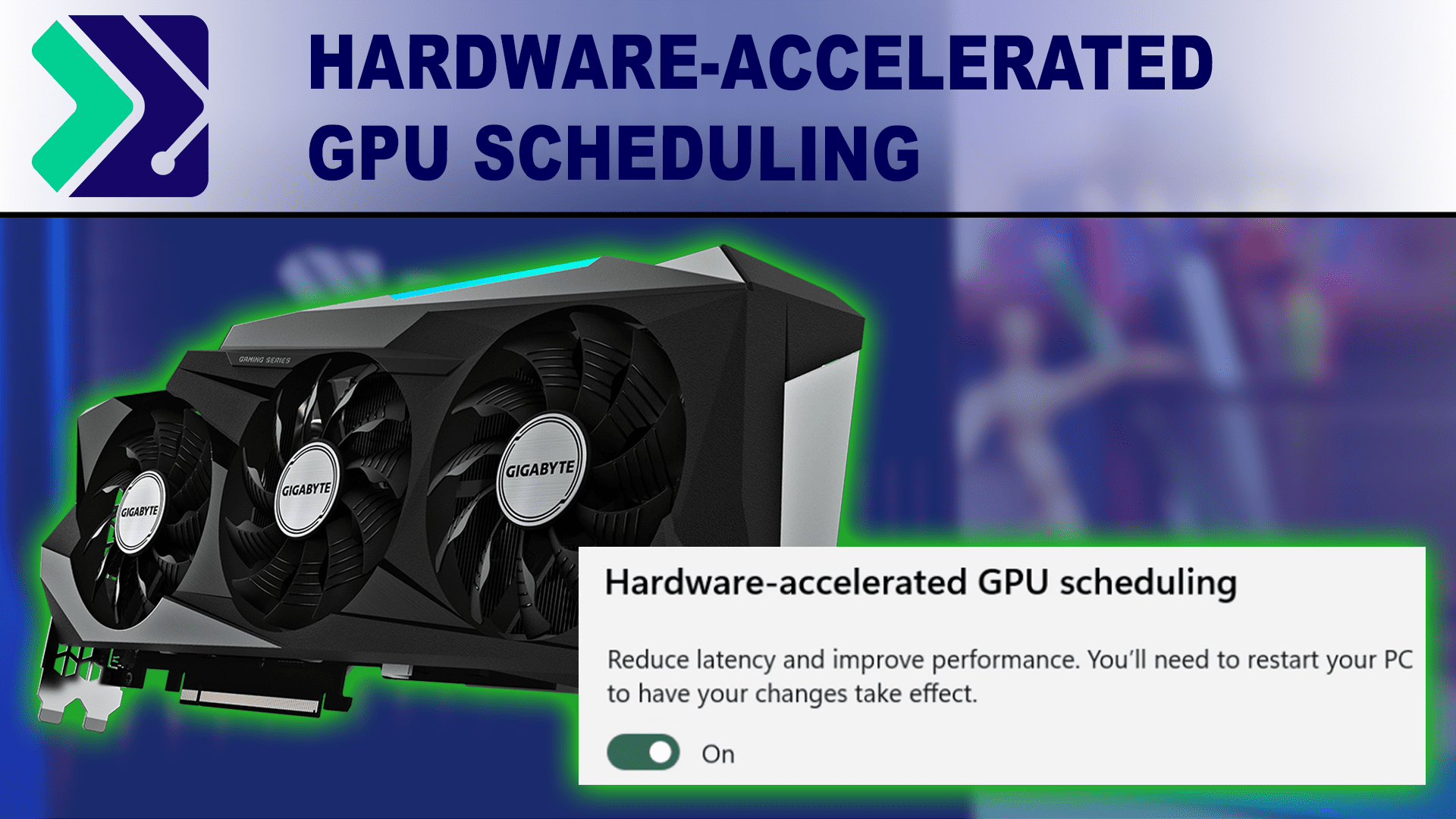
Hardware-accelerated GPU scheduling is a behind-the-scenes change in Windows to move processing GPU requests from the CPU to the GPU. Does enabling the feature have any impact on content creation performance?